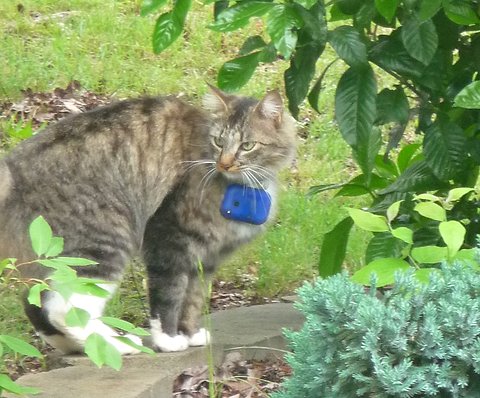Much like any other dog, your lovable canine can be prone to
getting fleas. This would perhaps be one of the most annoying
situations your four legged best friend can ever deal with. To have
parasites feeding on their skin can be harmful to their health. You'd
notice this when they continuously scratch themselves to a point where
patches of their skin would now be evident due to the hair falling off.
Of course, fleas and ticks can also bring about a number of diseases
which can affect their health in the long run. As the owner, you would
want to make sure that your dog is free of these parasites. In order to
do that, however, you will need to identify the reasons as to why they
are attacked by fleas and ticks in the first place. Below are some of
the causes of pest infestation in dogs.
One of the main reasons as to why dogs get fleas is because they often socialize with other dogs that may have these parasites in the first place. Fleas require a host in order to breed; without one, they'll die in a matter of two days. Once it has acquired a host, it can breed on a dog's skin for up to 115 days, which can pose all sorts of health risks to your dog and even your family members. It is because of this that you will want to ensure that your dog, no matter how sad it may be for them, avoids coming in contact with stray dogs or cats. Remember that fleas can also be found in cats, rabbits or even rodents. If you own a number of pets in the house, you might want to see to them not coming anywhere near each other. Fleas are very nimble pests that can easily jump from one host to another.
Dogs get fleas as well due to unclean environments. This can range from a kennel that hasn't been cleaned for days or even rolling around the ground where a lot of dirt and bacteria is present. Just when you thought your dog needs a bath, they're actually being infested with fleas and ticks on the skin, leading to a lot of scratching. These nasty pests can cause all sorts of rashes which can grow into something very critical to your dog's health.
These are some of the causes as to why dogs get fleas. If you're dealing with flea problems, bathe your dog with flea repelling shampoo and soap. You will also want to get them vaccinated and medicated with the help of a veterinarian.
One of the main reasons as to why dogs get fleas is because they often socialize with other dogs that may have these parasites in the first place. Fleas require a host in order to breed; without one, they'll die in a matter of two days. Once it has acquired a host, it can breed on a dog's skin for up to 115 days, which can pose all sorts of health risks to your dog and even your family members. It is because of this that you will want to ensure that your dog, no matter how sad it may be for them, avoids coming in contact with stray dogs or cats. Remember that fleas can also be found in cats, rabbits or even rodents. If you own a number of pets in the house, you might want to see to them not coming anywhere near each other. Fleas are very nimble pests that can easily jump from one host to another.
Dogs get fleas as well due to unclean environments. This can range from a kennel that hasn't been cleaned for days or even rolling around the ground where a lot of dirt and bacteria is present. Just when you thought your dog needs a bath, they're actually being infested with fleas and ticks on the skin, leading to a lot of scratching. These nasty pests can cause all sorts of rashes which can grow into something very critical to your dog's health.
These are some of the causes as to why dogs get fleas. If you're dealing with flea problems, bathe your dog with flea repelling shampoo and soap. You will also want to get them vaccinated and medicated with the help of a veterinarian.























.JPG)



















.JPG)




_1.JPG)
